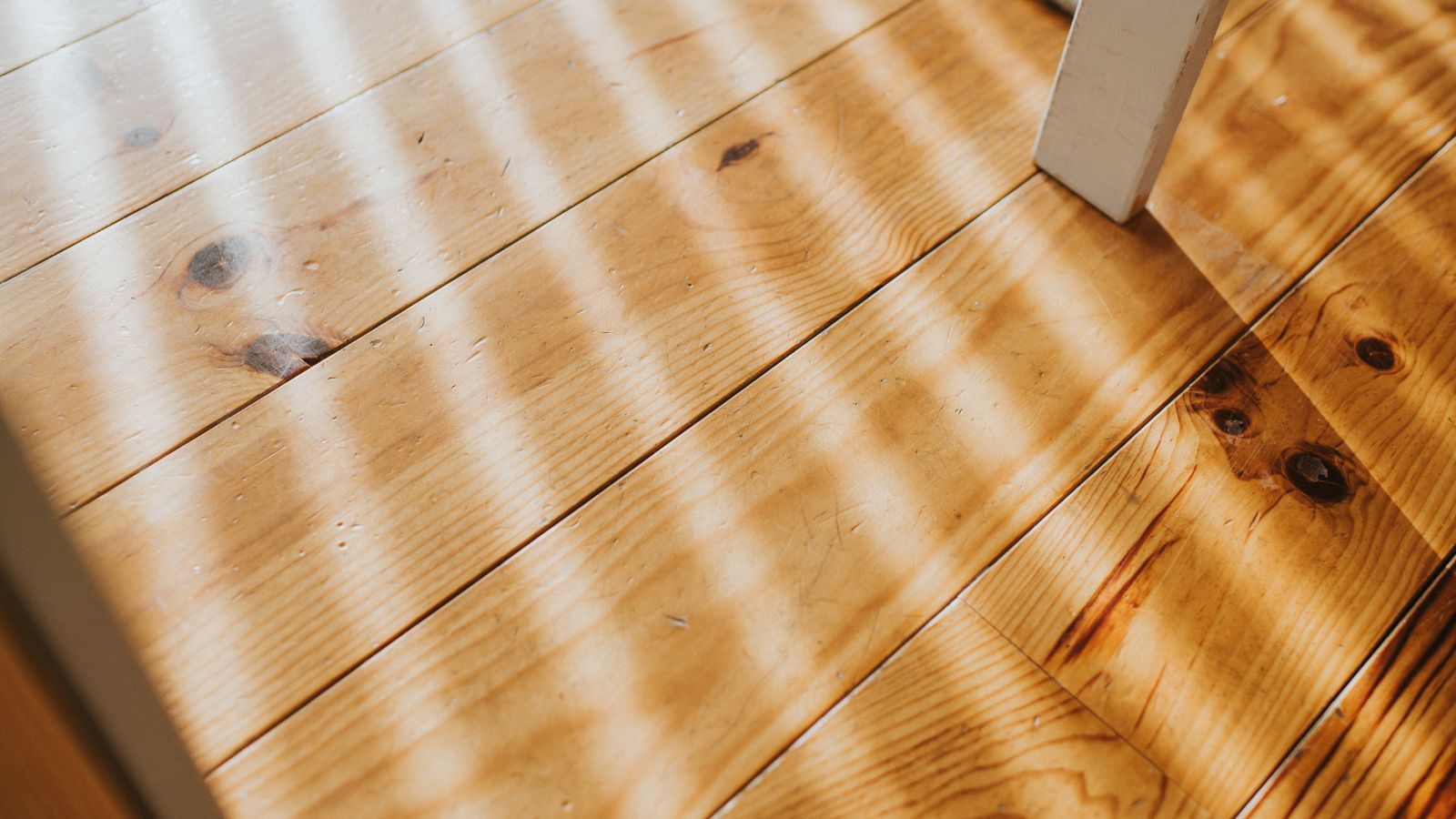
No sound is louder than a floorboard squeaking when you step on it in the middle of the night – so how do you fix creaky wood floors to prevent waking up everyone in the house?
Although it may seem like a job for a professional, there are a few home fixes you can do yourself to silence your wooden flooring and prevent any creaking in the future.
Here, home improvement specialists have shared their top tips for fixing creaky wood floors with their five simple steps to nailing this DIY project.
How to fix creaky wood floors
There are a few reasons why floors become creaky, and it is not limited to old floors and houses.
While older properties are more likely to have noisy floors, caused by issues such as general wear and tear, any floor can creak due to rapid humidity or temperature changes, inadequate subfloor support, or loose floorboards, explains Matt Parker, flooring expert and owner of Matt’s Professional Flooring, Baltimore.
A new floor could even creak due to improper installation, adds Shlomo Cherniak, handyman and founder of Cherniak Home Services, Baltimore.
1. Tighten loose floorboards
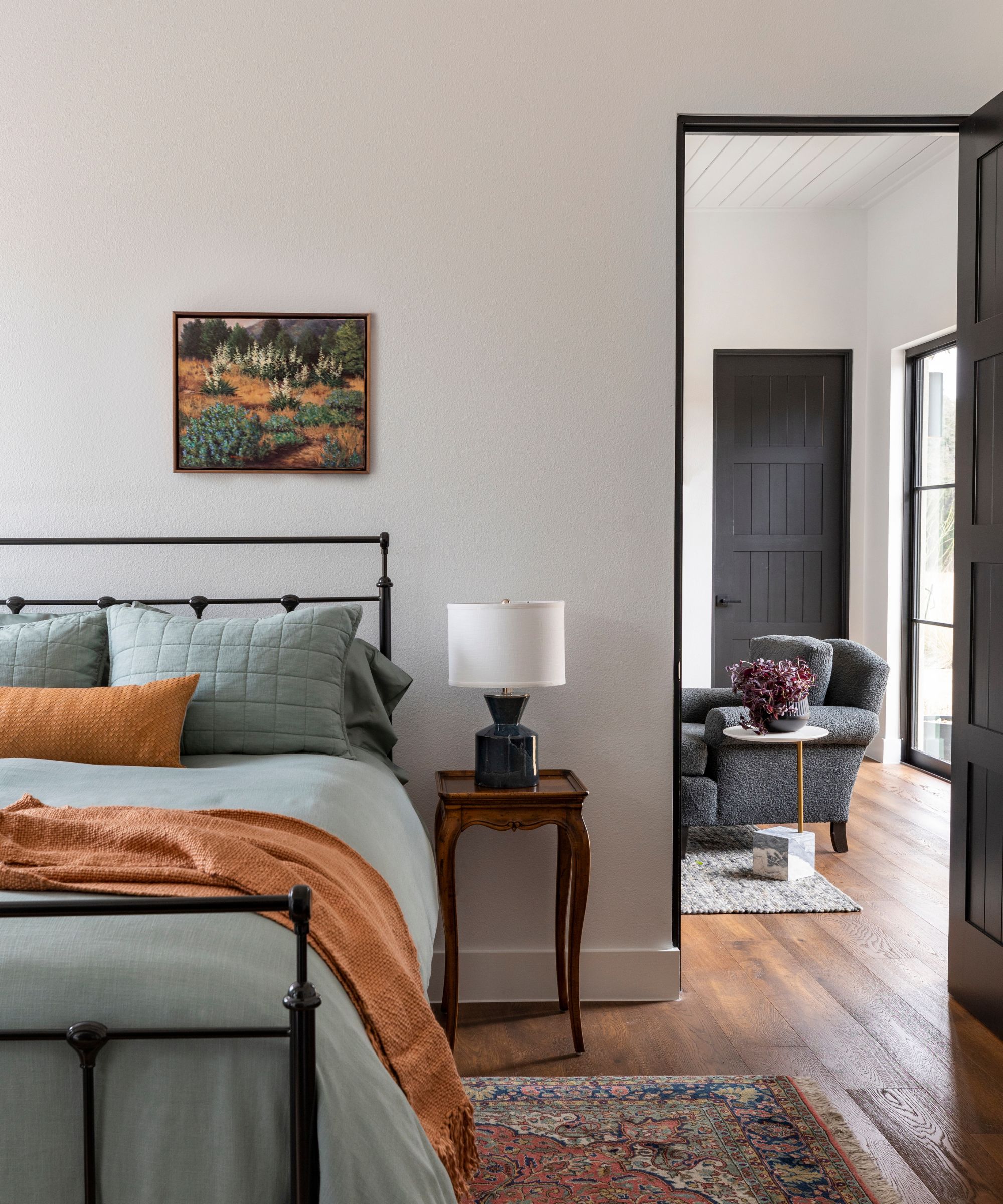
A floorboard that has come away from the subfloor may creak when you apply any kind of pressure to it. This can be simply fixed with a nail or two, says flooring specialist Matt Parker. Use good flooring nails, at Amazon, to drive through the board and resecure it to the subfloor below.
Avoid a common flooring mistake by using the nails in inconspicuous spots around the edge of the board to not make the floor look tacky, or pieced together.
2. Lubricate the flooring to prevent friction
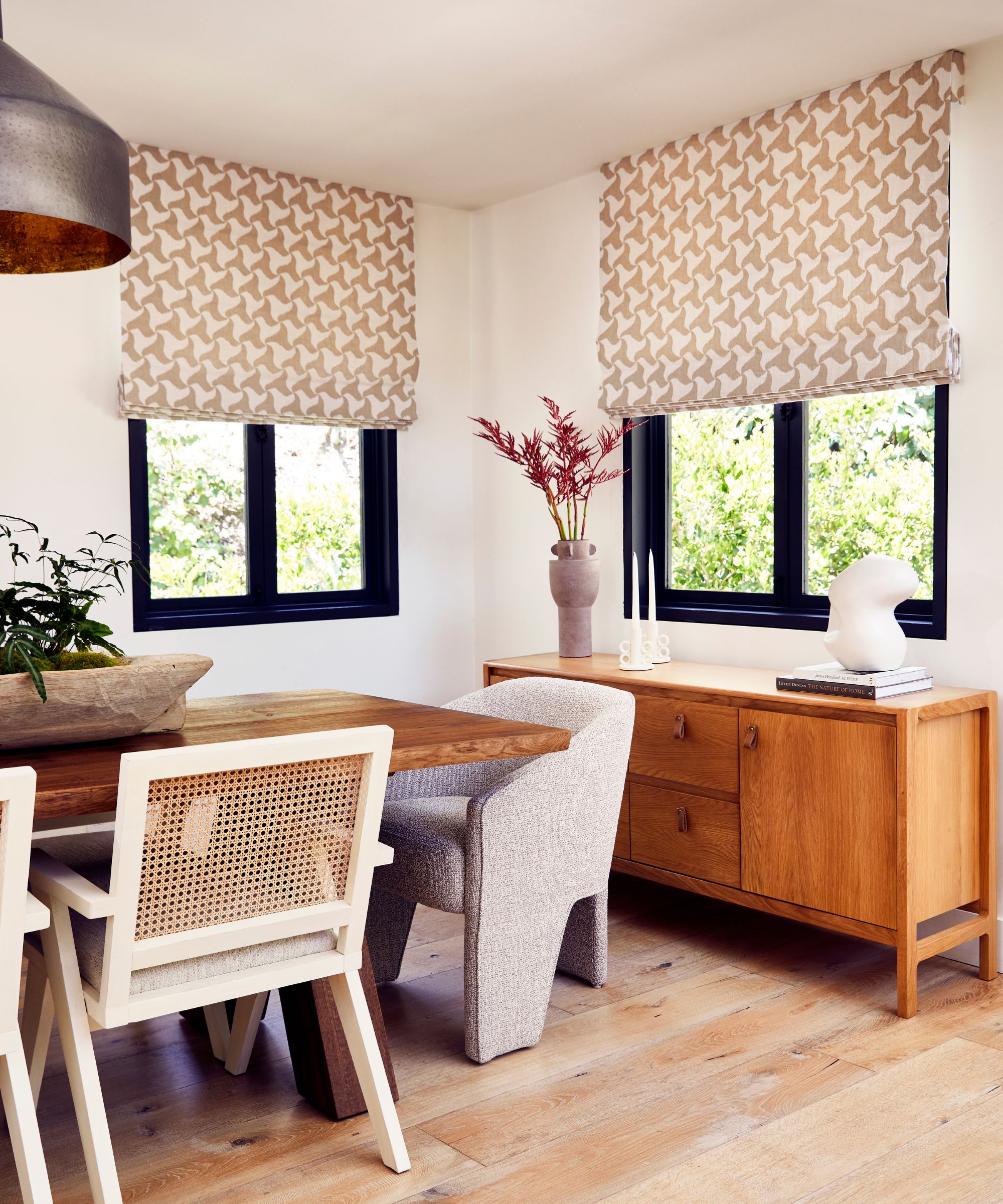
Given that creaky floorboards are, more often than not, caused by two planks rubbing against one another, then lubricating the area is a good way to limit occasional sounds without any intense DIY, suggests DIY expert, Shlomo Cherniak.
‘I like to use powdered graphite for floorboards that occasionally squeak with changes in humidity and temperatures,’ he says. ‘Apply the lubricant in the gaps around the floorboard that creaks and the noise should be reduced right away.’
3. Reinforce your subflooring
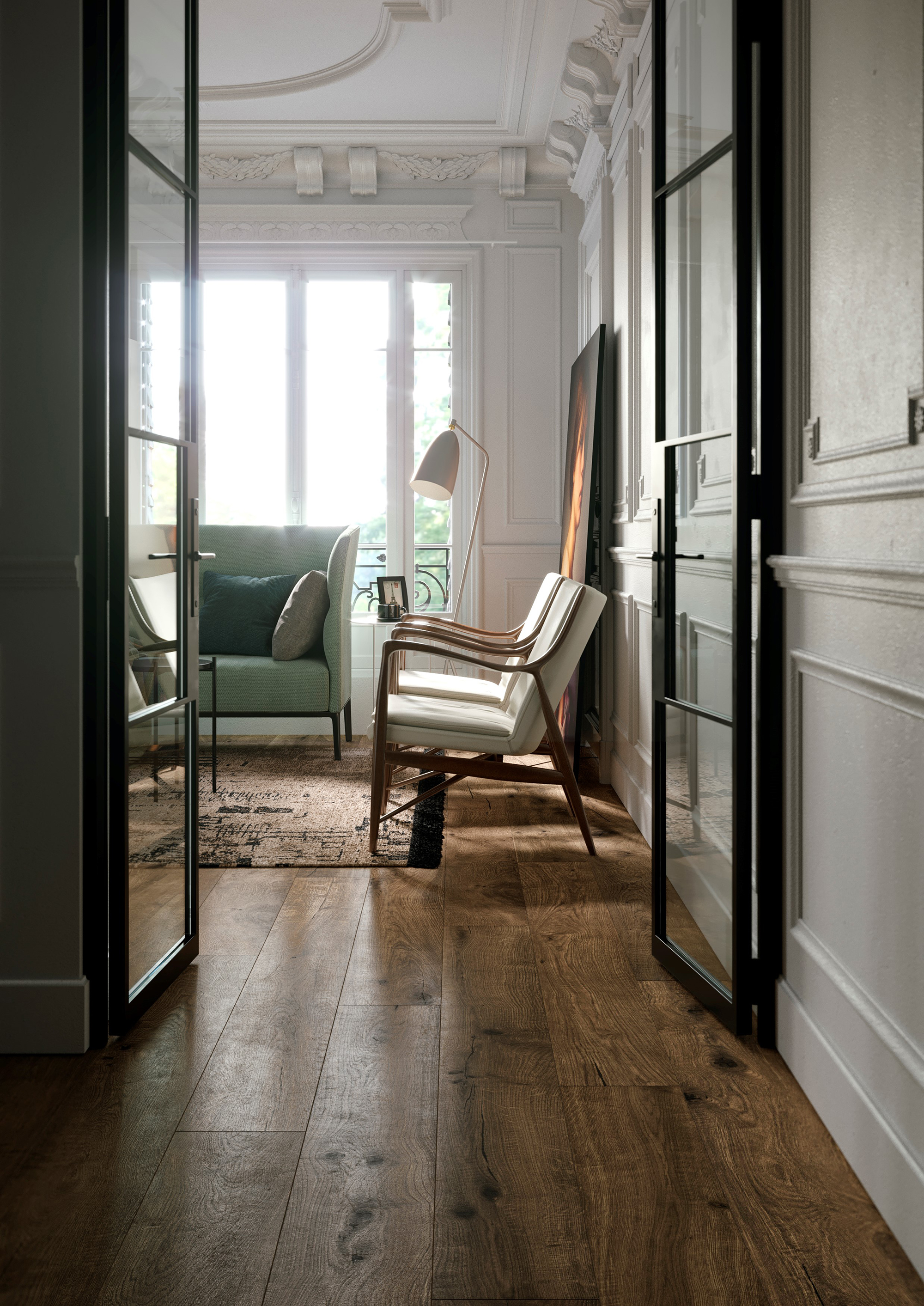
If the creaking is caused by wear to your subfloor then adding new supports can help to prevent creaking emanating from the layer below.
This job is one best left to a professional, Matt Parker says, as it involves strengthening the supports with blocking between joists or using bridging techniques to minimize how much the floor moves when walked on.
4. Relay a new creaky floor
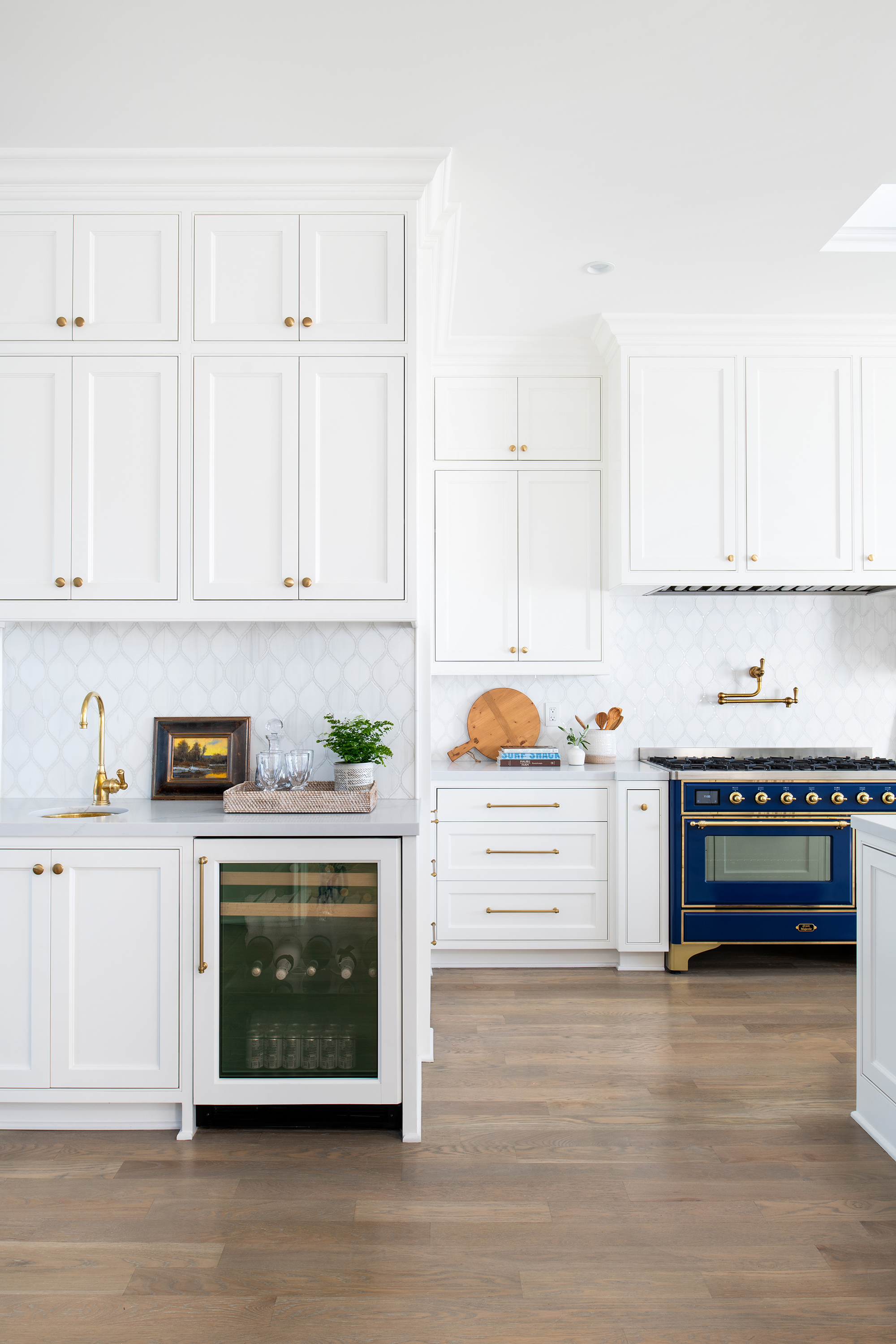
This may be a desperate measure, but if a newly laid floor is excessively creaky in large areas, it may be worth considering having the contractor relay the flooring, or having a different professional altogether relay the flooring to try to fix installation issues and reduce the noise, Shlomo Cherniak suggests.
When calling on the past contractor, consider using the warranty to help mitigate some costs of installing hardwood floors a second time.
5. Reduce your homes humidity levels
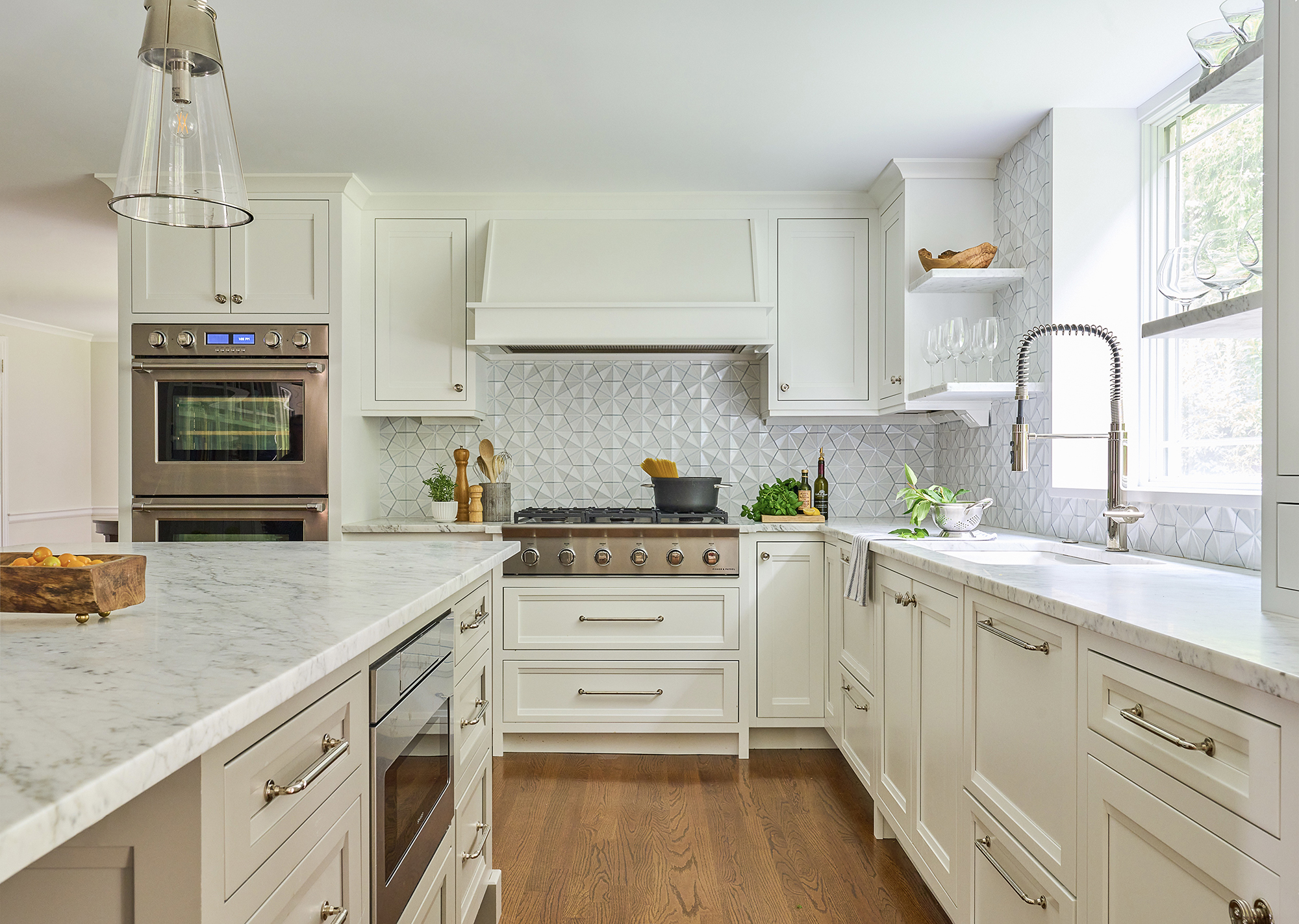
Wood is prone to swelling and contracting with changes in temperatures and humidity levels – which is why you sometimes notice a door sticking in the frame some parts of the year and moving with ease at others. These fluctuations can affect your flooring too, Joshua Bartlett, home improvement expert at I’ll Just Fix It Myself points out, with swollen floorboards being more likely to rub against one another and creaky.
To remedy this, consider using a dehumidifier in summer to reduce humidity levels in your home, and a humidifier to add moisture back into your house in winter, Josh suggests.
How to prevent floors from becoming creaky
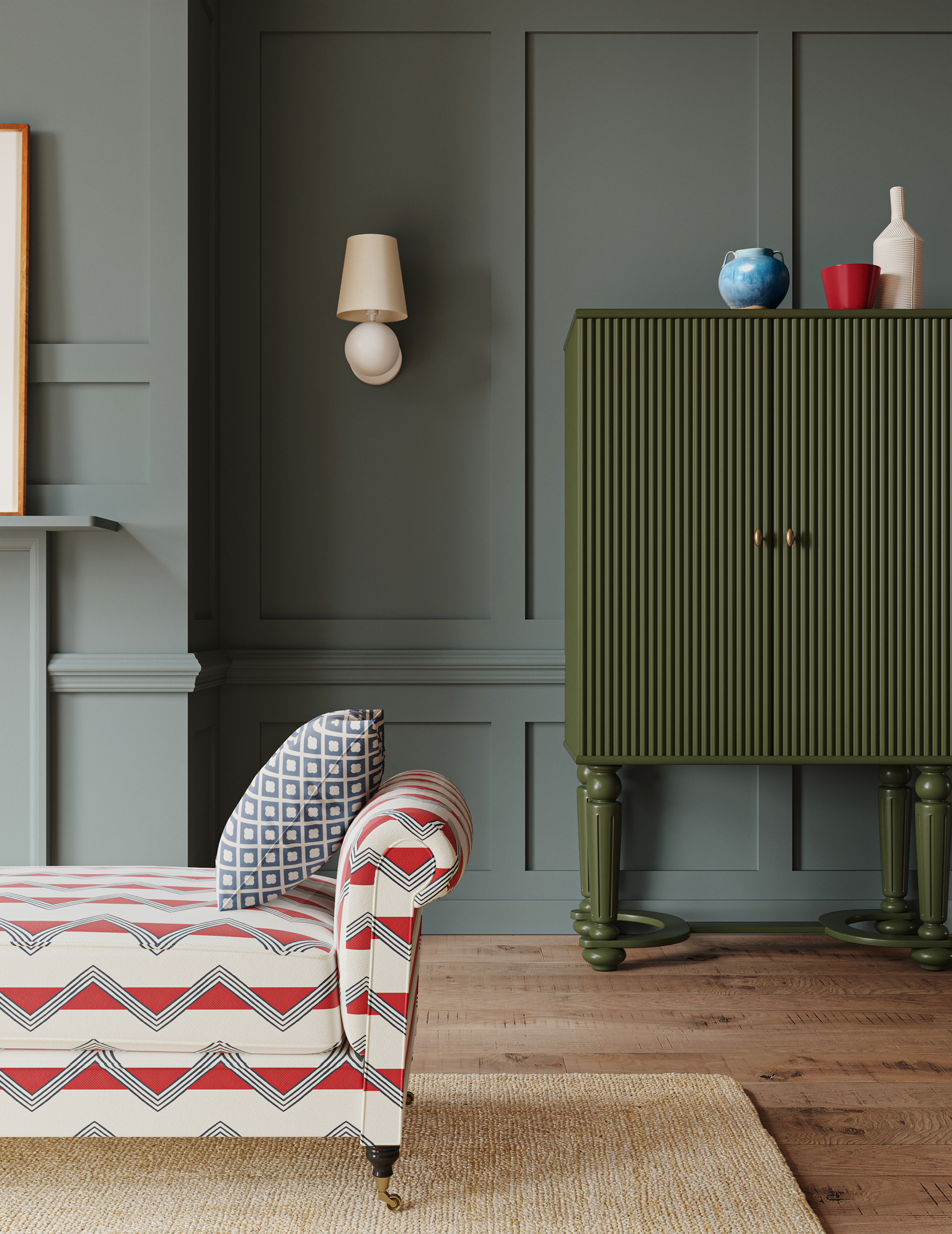
More often than not, it is possible to put measures in place to prevent floorboards from becoming creaking in the first place – especially when it comes to new flooring.
- Monitor humidity levels: Consider using a dehumidifier to make sure that you limit moisture in your home throughout the year. Make sure you pick the right humidifier for your space to ensure it is effective in preventing a large range of moisture-related issues such as breaking floors, sticking doors, and even mold.
- Avoid wetting your wood floors: Adding moisture to wooden floors is a recipe for disaster, says DIY expert, Shlomo Cherniak. Even when cleaning hardwood floors you should limit how much water you use to mop – using a damp but not soaking mop or cloth and ensuring you dry the floors thoroughly afterward.
- Vacuum regularly to prevent debris in cracks: debris, no matter its size, can work its way into cracks and gaps in your wooden floorboards and cause them to get bigger or increase friction, leading to creaks. What’s more, once in, it can be difficult to remove. As such, it is better to know how often you should vacuum and use a good vacuum cleaner for hard floors to regularly stay on top of your household cleaning, rather than let debris build-up.
- Ensure proper technique when installing flooring: When laying floors, it is wise to consult professionals to ensure it is laid with the right technique so that it sits flush with the subfloor with the proper support. This can prevent the flooring from becoming loose in the future and creaking.
FAQs
Does talcum powder fix squeaky floors?
Using talcum powder to fix squeaking floors is little more than a temporary solution to a larger problem. The talcum powder, or baby powder, can be used like powdered graphite briefly to help dampen the sound of a squeak by cushioning the floorboard or filling in a small gap to prevent friction, however, it will not get rid of the creak for good. To get rid of the creak, you will need to take more permanent steps to hold the floorboard in place or reduce friction permanently.
Does WD-40 help with squeaky floorboards?
WD-40 is famous for its ability to stop squeaks and creaks among other household tasks, and it works equally well for creaking floorboards when the noise is caused by friction. WD-40 is a lubricant, meaning it is perfect for preventing two surfaces, such as floorboards, from rubbing against one another under pressure.
It may not be a great fix if your floorboards are loose or old, however, so it is worth giving it a go before trying other methods to determine the cause of the creak.
Creaky wooden floors are a nuisance – not to mention one of many things that date your entryway – and in the same way that scent is one of the subtle elements that influence how our homes feel and sound, contributing to the atmosphere. It's all in the details, and dealing with unwanted noises will always make things feel so much calmer.







